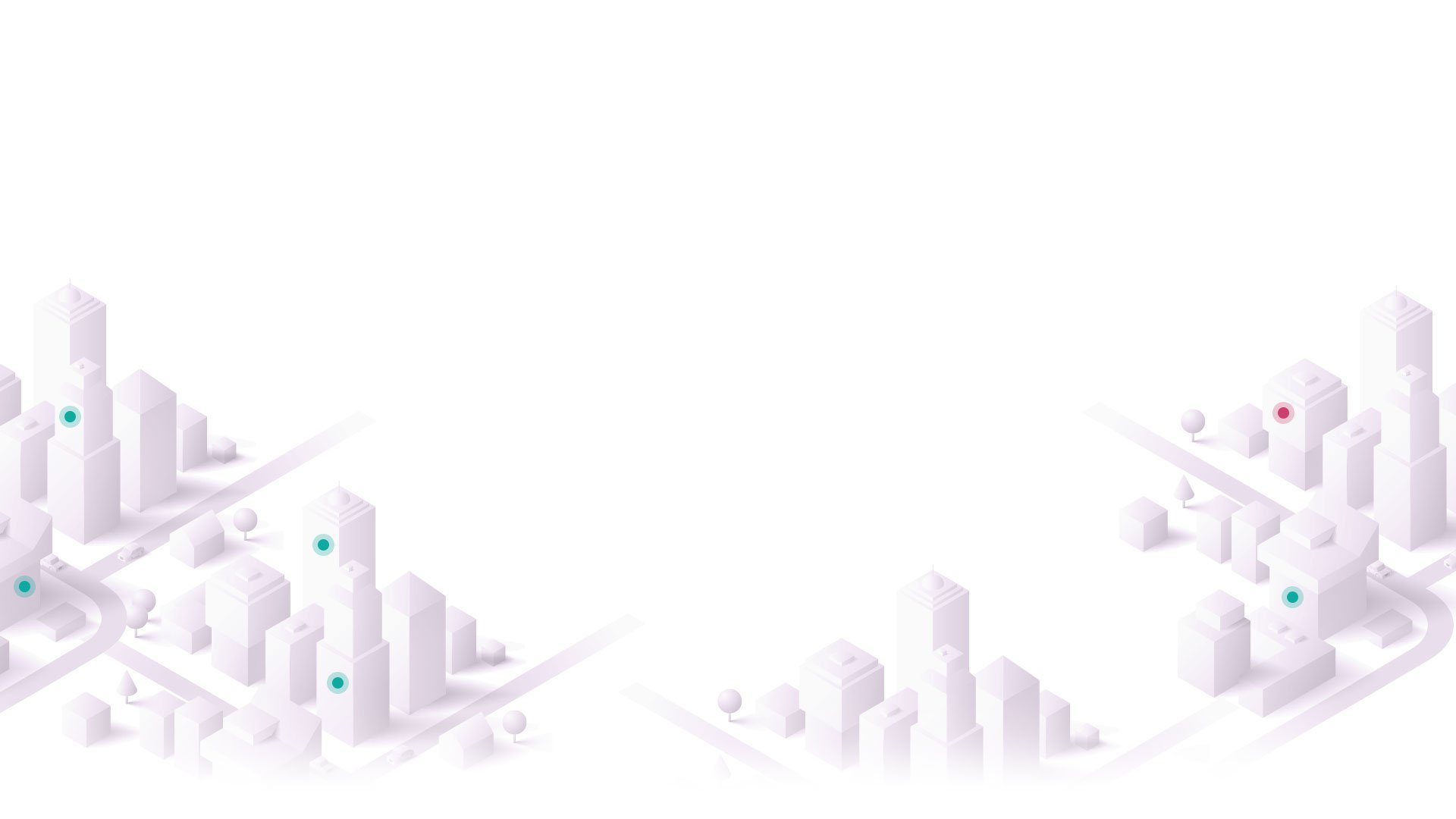Usually, a proof of concept (POC) trial is performed in a customer’s pre-production environment, where they can try out the solution’s technical capabilities and features on a small scale with test users and devices.
While this pre-production POC testing allows customers to evaluate how individual solution capabilities work, it doesn’t show the true value the solution would have at scale, how you would integrate it with your solution stack and decision off the data, or what impact you could expect once it was integrated.
So in Incognia’s POV process, we actually allow you to test out our solution in production in a monitor-only mode. We collect location and device data via our SDK to let you simulate in-production assessments without impacting the user experience.
This enables you to analyze its performance and measure the potential ROI within your application at scale, without having to act on what it’s telling you.
Do you have other questions? Ask Mike anything.
